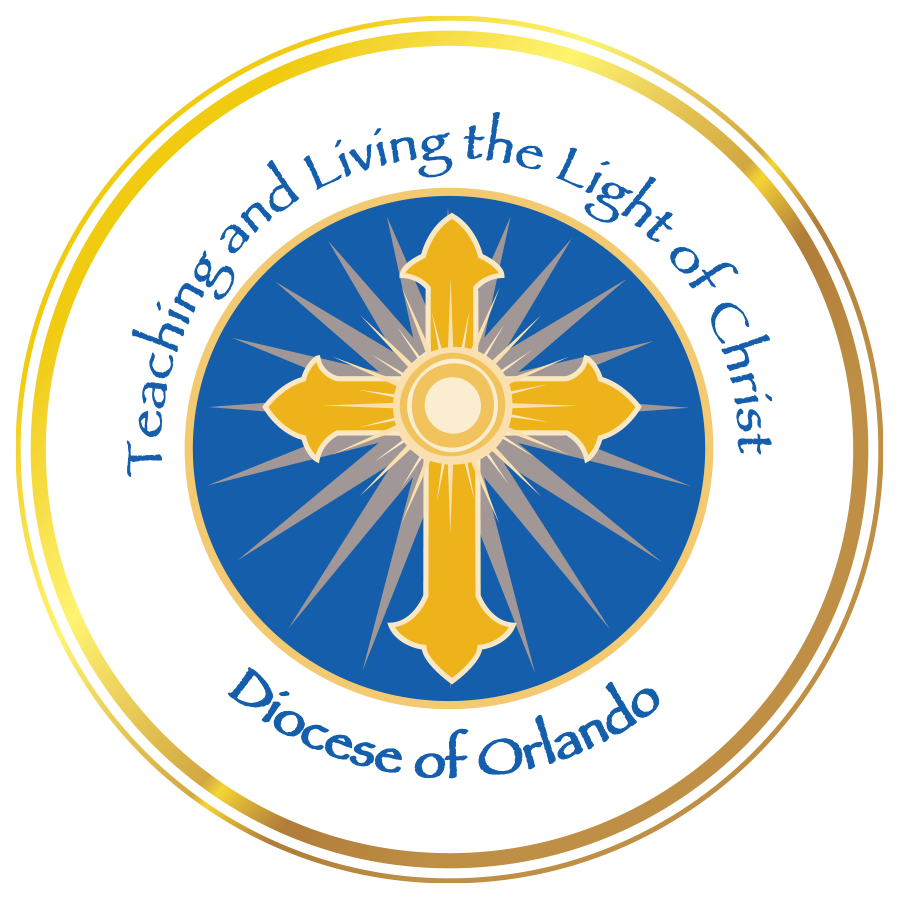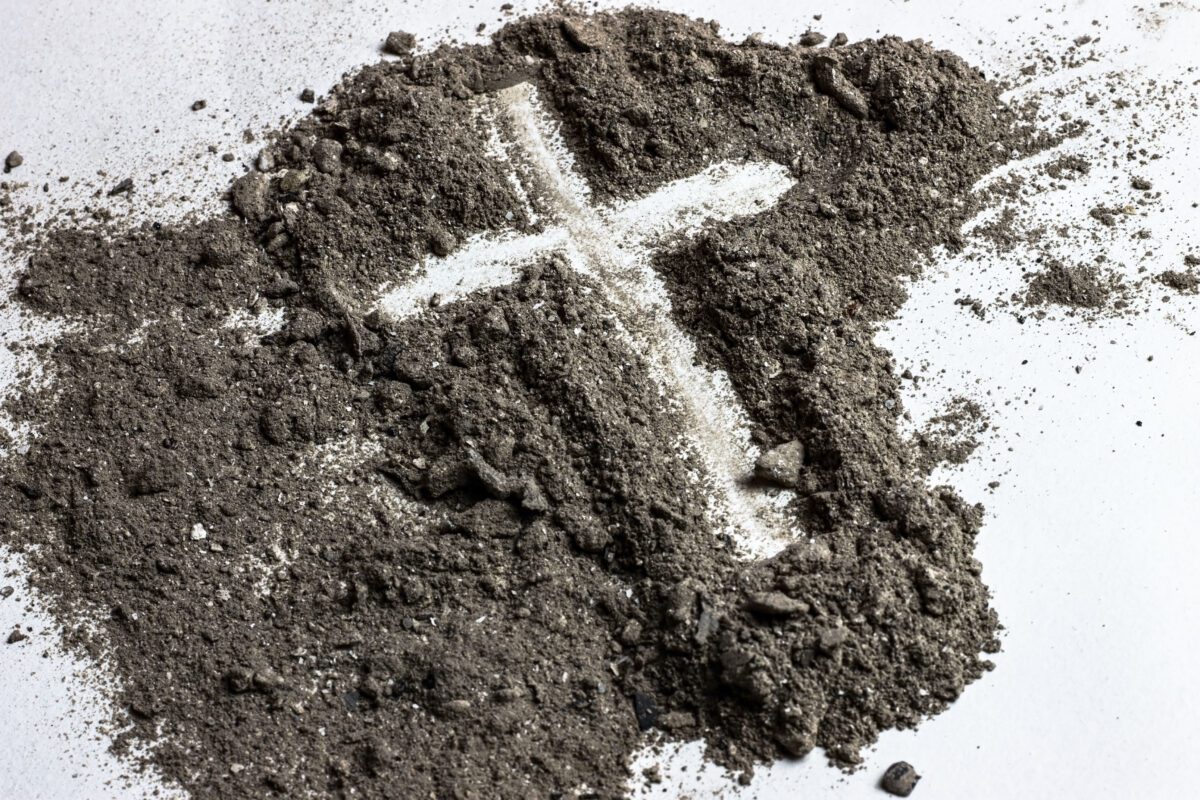When someone asks us, “Where are you from?” most likely our first thought is where we were born, or perhaps, we might take it to mean, where we live now. Sometimes, it’s fun to try to figure out where a person’s roots are sunk as we watch their peculiar mannerisms, or listen to the drawl, or twang, or colorful way they pronounce certain words. Having lived several places in my life, I can quickly identify a Boston, Chicago, or Pittsburgh accent.
As the Church celebrates Ash Wednesday, we gather to begin our Lenten pilgrimage. With many thoughts of renewal, repentance, doing good, and sacrifice ricocheting within our minds and hearts, on that day, we could say that we are asked to remember from whence we came—where our roots are planted. Despite the incredible self-consciousness most of us possess, always concerned about how we “look” in public, on Ash Wednesday, we proudly wear a peculiar sign that tells anyone who might meet us this day, where we got our start—and ultimately, where we are going.
Often, we misunderstand the purpose of this not-so-subtle smudge of ashen dirt on our foreheads. We wear these ashes not as a sign that we are dirty and corrupted, nor as a sign that we are miserable failures, nor even as a sign that we have a lot of cleaning up to do in the weeks to come—but rather, we wear these ashes as a sign of where we got our start. “Remember that you are dust and to dust you shall return.”
At first blush, perhaps we are panicked to hear these words. In fact, many parishes have done away with these ancient words spoken on Ash Wednesday for more user-friendly, less scary words. But they are powerful words and are meant to awaken us to our roots, to where we got our start—and to celebrate that grand beginning!
We come from the earth—that sacred ground from which our loving Creator has fashioned God’s beloved humanity. After sorting through all the mixed and varied meanings, purposes, and agendas for this gracious season, ultimately, our Lenten pilgrimage is about winding our way through the labyrinth that is our life, toward intimacy with God—allowing ourselves to be drawn into the very heart of God. With a smudge of charcoal-gray ash, we ritually return to our beginnings—to our true selves—created from the earth, God’s own first creation, which God saw. Loved, and proclaimed “very good”.
But to return to that sacred place, to journey toward the center of who we truly are, that holy place where God makes His home within each of us, we must first FAST—to remove distractions that draw us away from God’s awesome love. Secondly, we must FEAST—that’s right, “FEAST”! We do so to remind us that we are temples of the Holy Spirit, whose flaming compassion wants to break loose from the bondage we often impose on that Spirit. Our passage through the Lenten labyrinth is then full of twists of denial and sacrifice, as well as turns of joy and celebration. Lent is a season of many emotions and commitments—not all one tone of sobriety and sullenness.
And so, let us answer the call to a HOLY FAST—and a HOLY FEAST in each of the days of this season.
Fast from worry and anxiety, and feast on trust in God.
Fast from complaining, and feast on appreciation.
Fast from negatives, and feast on affirmatives.
Fast from unrelenting pressures, and feast on unceasing prayer.
Fast from bitterness, and feast on forgiveness.
Fast from self-preoccupation, and feast on compassion for others.
Fast from idle and destructive gossip, and feast on sacred silence.
Fast from laziness & “I don’t care,” and feast on enthusiasm and optimism.
Fast from thoughts that weaken, and feast on promises that inspire.
Fast from judging others, and feast on the Christ within them.
Fast from running, and feast on strolling.
Fast from blaming, and feast on “owning” who we are and where we are.
The labyrinth of each of our lives is filled with twists and turns, and yet in this great season, which is given to us as a gift, we take our stand and proclaim to the entire world that amidst those many twists and turns—there is one center from which we come and to which we return. This Lenten pilgrimage is about drawing us into the immense love that God has for each of us and all creation—knowing that “we are dust and to dust we shall return.”
That gracious and loving hand which fashioned us from the earth continues to fashion and shape us now, as we take our first, tentative Lenten steps, going deeper into the heart of God.
By Father Ben Berinti Special to the Florida Catholic Staff, February 23, 2022

